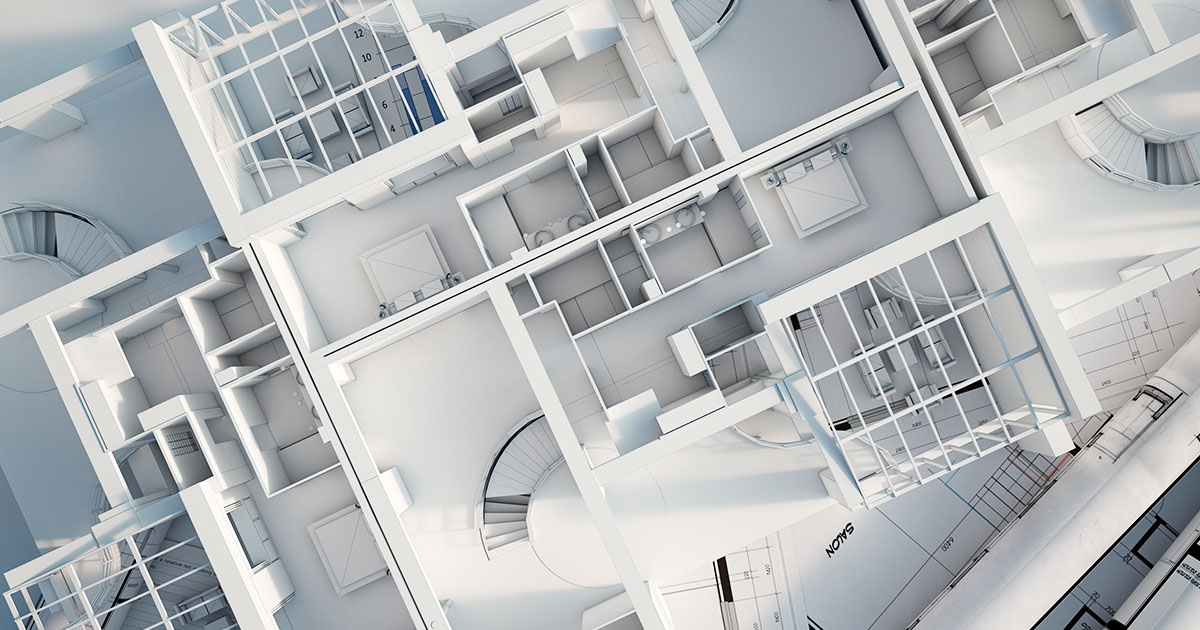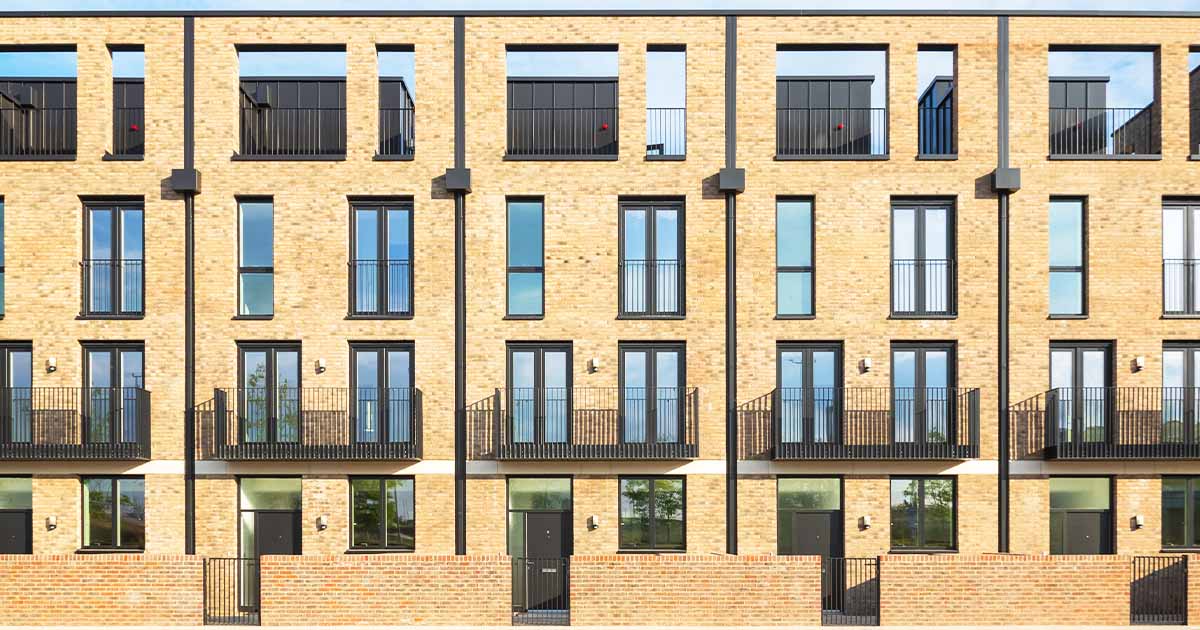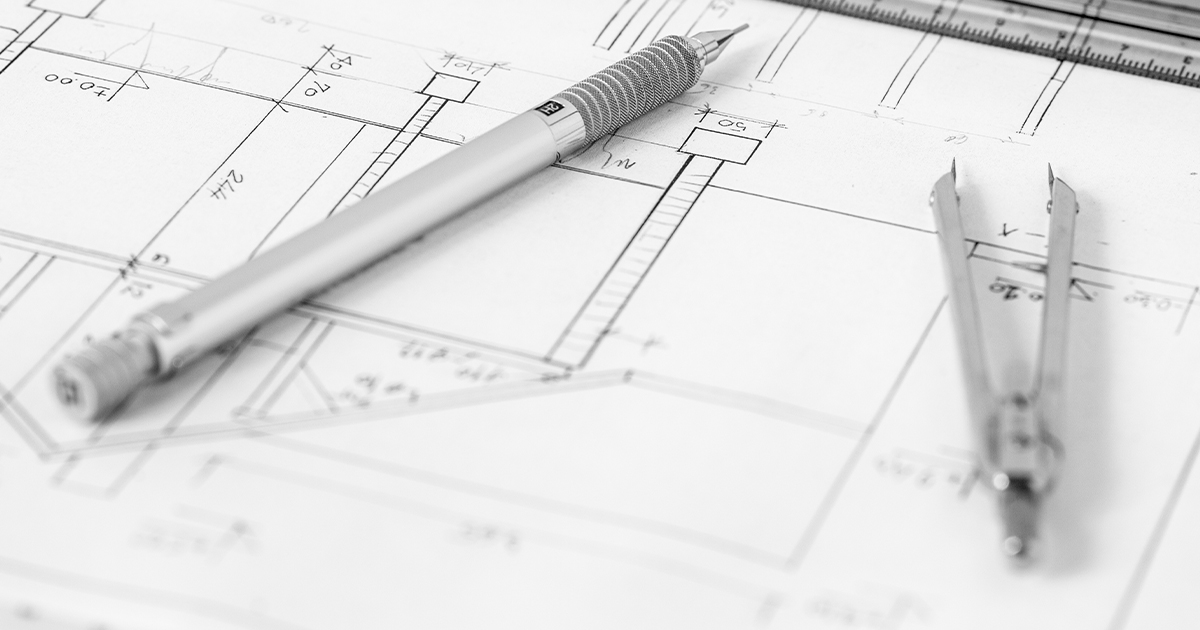The Building Safety Act 2022 (“the Act”)

The Building Safety Act 2022 (the Act) received royal assent in April 2022, with its provisions coming into force in tranches over the following 18 month period. The extension of the limitation periods and leaseholder protections, both of which are explained in more detail below, are already in force. Following the recent launch of a government consultation on implementing the new regulatory regime for higher risk buildings, which is another key element of the legislation, we thought we would take the opportunity to look at what the Act changes in practice.
1. Potential Claims
Extension of Limitation Periods
- Claims under the Defective Premises Act:
The Defective Premises Act enables claims to be made for defective work relating to the construction of dwellings where the work renders the dwelling unfit for habitation. The limitation period (deadline) for claims brought under the Defective Premises Act is extended from 6 years to 15 years for new claims.
Where the claim relates to construction rather than the refurbishment of dwellings, there will be a retrospective 30-year limitation period.
- Section 38 of the Building Act:
This section provides a statutory right of action for breach of a duty imposed by the building regulations, so far as it causes physical damage (either injury or property damage). The limitation period for breaches is extended to 15 years.
- Claims against construction product manufacturers:
Where the use of defective construction products leads to the building being uninhabitable the limitation period will be 15 years. If the claim relates to a cladding product however, there will be a 30-year retrospective limitation period.
Other claims
- There will be a new right for those with an interest in a dwelling to claim against construction product manufacturers where the product fails to comply with a relevant requirement, has been mis-sold or is inherently defective and the use of that product causes or contributes to the dwelling being unfit for habitation.
- The High Court is able to make building liability orders against developers who have failed to meet a relevant liability under the Defective Premises Act 1972, or s38 of the Building Act 1984 as a result of a risk from fire spread or of structural collapse.
- New build home warranties to provide cover for 15 years.
2. Remediation Costs
Part 5 of the Act deals with liability for costs of relevant defects, i.e. anything arising out of things done or used in connection with relevant works in the last 30 years or after that period to remedy a relevant defect which causes a risk to safety from fire or building collapse.
- A ‘waterfall’ approach is taken to liability – developers pay first, then manufacturers, then freeholders and then leaseholders last.
- The Act introduces various leaseholder protections which are intended to mean that leaseholders pay for fire safety related remedial works only as a last resort.
- Leaseholder owned buildings are current excluded from these protections but, otherwise, they apply to any qualifying lease of a dwelling, i.e. one for more than 21 years granted before 14 February 2022 where as at that date the dwelling was the leaseholder at that time’s only or principal home and he/she did not own more than 2 other UK dwellings.
Cladding defect costs
- Building owners are liable to for paying for all remediation costs and any associated interim measures (waking watch etc) if they are, or are associated with, the developer of the building.
- Even if they are not, they cannot pass on any of these types of costs to qualifying leaseholders.
- Government funding may be available for this type of remediation and building owners are obliged to investigate this, or if there are any viable third party claims, to ensure that any costs passed on are not deemed to be unreasonable service charge costs.
Non cladding defect costs
- Building owners are liable to pay for all of these types of costs (including associated interim measures) if they are, or are associated with, the developer.
- If they meet a contribution condition (i.e. have a net worth of at least £2 million per relevant building) then they cannot charge qualifying leaseholders for these types of costs.
3. New Regulatory Regime
- Applies to ‘higher risk’ buildings, i.e. those of at least 18 metres or 7 storeys high. Provided the height threshold is met then draft regulations confirm that buildings in scope must contain at least two residential units (dwellings or other unit of temporary accommodation), or be hospitals and care homes during the constructions phase.
- The Building Safety Regulator (“the Regulator”) will be the building control authority.
- Building safety is to be considered at each stage of design and construction, with a ‘golden thread’ of information about each stage being maintained to ensure that building safety risks are managed throughout the building’s life.
- An Accountable Person will be the duty holder and must register the building before it is occupied, apply for a Building Assessment Certificate, and proactively manage safety risks by way of a Safety Case Report which must be kept up to date and be submitted to the Regulator. Once registered the Regulator will manage the assessment process by ‘calling in’ higher-risk buildings. For new buildings, this is likely to be within six months of occupation, with existing buildings being called in in tranches from April 2024.
- An amendment to the Regulatory Reform (Fire Safety) Order 2005 will require all Responsible Persons to record their fire risk assessments and only instruct competent persons to undertake these assessments. Closer collaboration with other Responsible Persons in the same building is also expected and in the case of residential higher risk buildings, Responsible Persons will need to co-operate with the Accountable Person.





